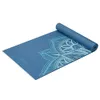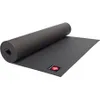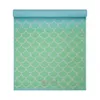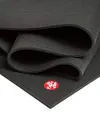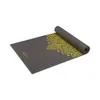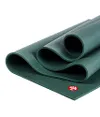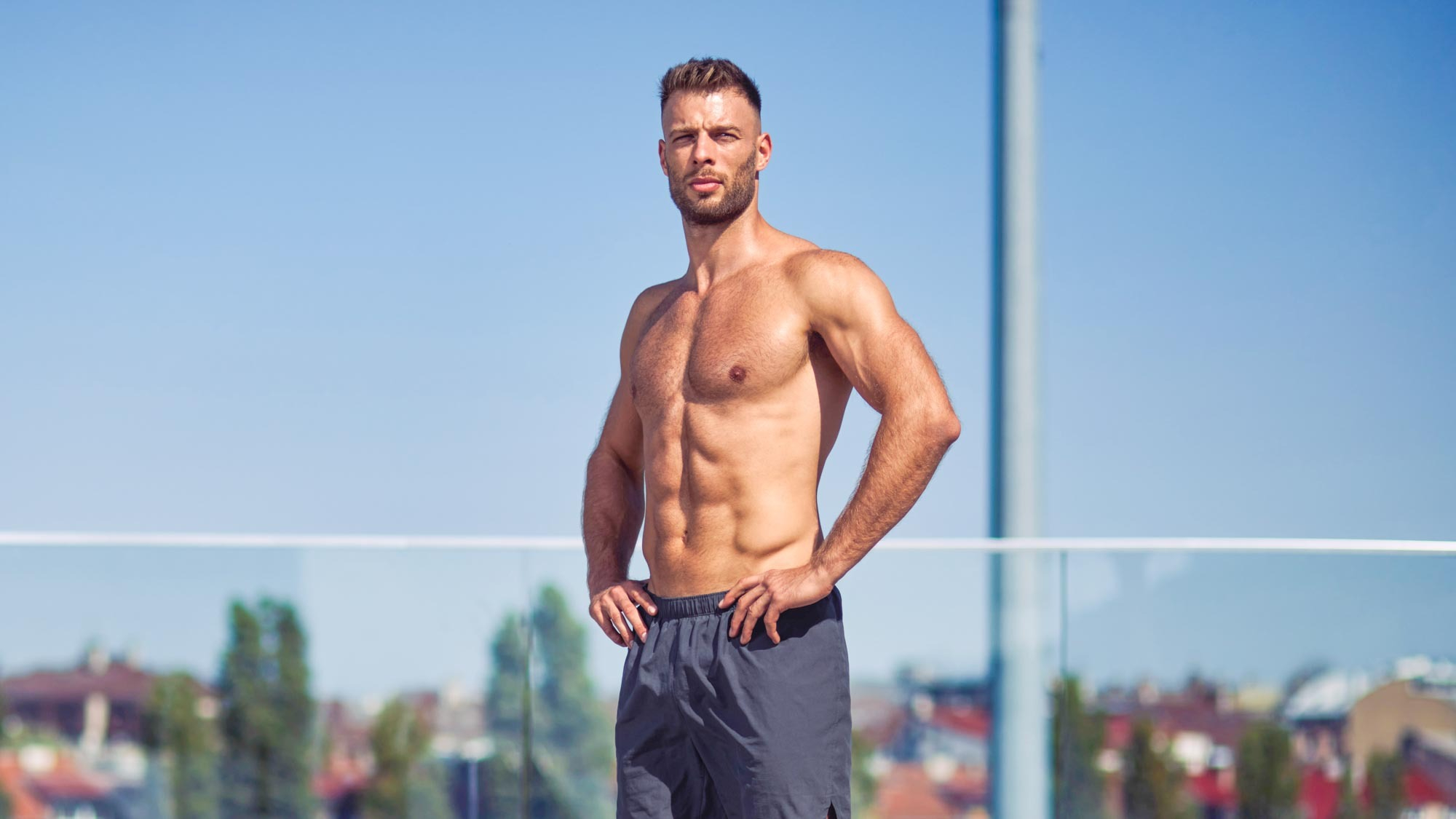
We’ve been on a sit-up alternative mission lately, giving as many options as possible for exercisers who either don’t want them or can’t do them for whatever reason.
I still hear the question going around — Are sit-ups bad for you? The answer is no, depending on your unique anatomy, exercise experience, and past or existing injuries. In other words, it's not black and white but a whole lot of grey. While some might be sworn off them, others can rep it out just fine. And yes, sit-ups can build stronger abs.
But with a never-ending library stacked with the best core exercises, why settle? I’ve been adding the move below to my exercise regime for a while, and here’s why I think you’ll love it.
What are rower pike-ups?
Despite the name, you don’t need a rowing machine to do rower pike-ups. If you’re performing these from home without a rower, you can use alternatives, including sliders, a medicine ball, or even a dish towel. I recommend performing pike-ups on a wooden floor (or similar) so your feet don’t get stuck.
Pike-ups start from a push-up position. From here, you’ll slide both feet toward your hands and send your butt into the air, contracting your abs as you move, then return to the push-up position. Imagine opening and closing a book with the spine of said book mimicking your spine. A tortured metaphor, but you get the idea.
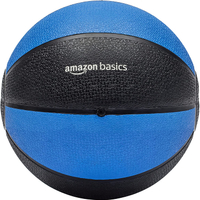
Weights range from 4-12lbs. Medicine balls are perfect for weighted core work, strength and conditioning and balance training.
How to do rower pike-ups
- Start in a plank position facing away from a rowing machine
- Step the balls of your feet onto the rowing machine seat
- Stack your shoulders over your wrists and brace your core, glutes and quads
- Slightly push through your upper back to hollow out your torso and try to avoid dipping your hips
- With control, pull your feet toward your hands as far as possible while keeping your legs straight and a soft bend in your knees
- Lift your hips high and send your butt toward the ceiling
- Pause at the top, then extend your legs back to the starting position.
Aim to feel a crunch in your core and a stretch in your hamstrings as you drive your feet inward. If you don’t have a rower, place your feet on sliders, a ball, or similar.
Are pikes good for abs?
Plank-to-pike or pike-ups work the upper and lower abdominal muscles, obliques (internal and external), hip flexors, upper back, shoulders, upper chest and arms and test hamstring and lower back flexibility.
Sign up to get the BEST of Tom's Guide direct to your inbox.
Get instant access to breaking news, the hottest reviews, great deals and helpful tips.
From the prone position (belly down), you can efficiently load the abs without weights and I find most prone abs exercises tougher than supine ones (performed belly up), where you're working face-down against your body weight and gravity.
One study published by the Journal of Orthopaedic and Sports Physical Therapy (JOSPT) found exercises like roll-outs and pikes were “the most effective” at activating the rectus abdominis, internal and external obliques and even the latissimus dorsi muscles compared with moves like sitting marches, crunches and bent-knee sit-ups.
Pike-ups help strengthen the muscles used to transition into headstands, handstands and other gymnastics-based movements by working the shoulders, hip flexors and core muscles to stabilize the body. In the full pike posture, your body mimics the exact vertical position required to lift into a handstand; performed on forearms, it mimics how you'd move into a headstand.
The rowing machine allows you to glide back and forth to maximize your range of motion and you can work with more speed. In general, whatever kit you use, pikes help you practice popular exercises found within the calisthenics training style, including planche lean to pike and their transitions.
Aim to feel a crunch in your core and a stretch in your hamstrings as you drive your feet inward.
If you’re into calisthenics or CrossFit, you might already know your hollow and arches for bar and floor-based work. Pike-ups can help you work on the hollow shape as you draw your feet toward you and "hollow out" your body, drawing the belly and hips inward to create space. This teaches your body the necessary compression for moves that require it, like muscle-ups.
Focus on learning to engage your core at all times, slightly tucking your pelvis toward your spine to avoid arching your lower back. Drive through your hands and shoulders as you draw your feet inward and think about pulling your shoulder blades apart as you move. This will also help you create a hollow shape.
Remember: high hips. Think about touching the ceiling with your butt without excessively bending your knees or rounding your back.
To make the exercise even more advanced, sliders or a weighted ball can place more demand on your core muscles, including the deeper stabilizers like the transverse abdominis and internal obliques, as this kit is harder to move in both directions.
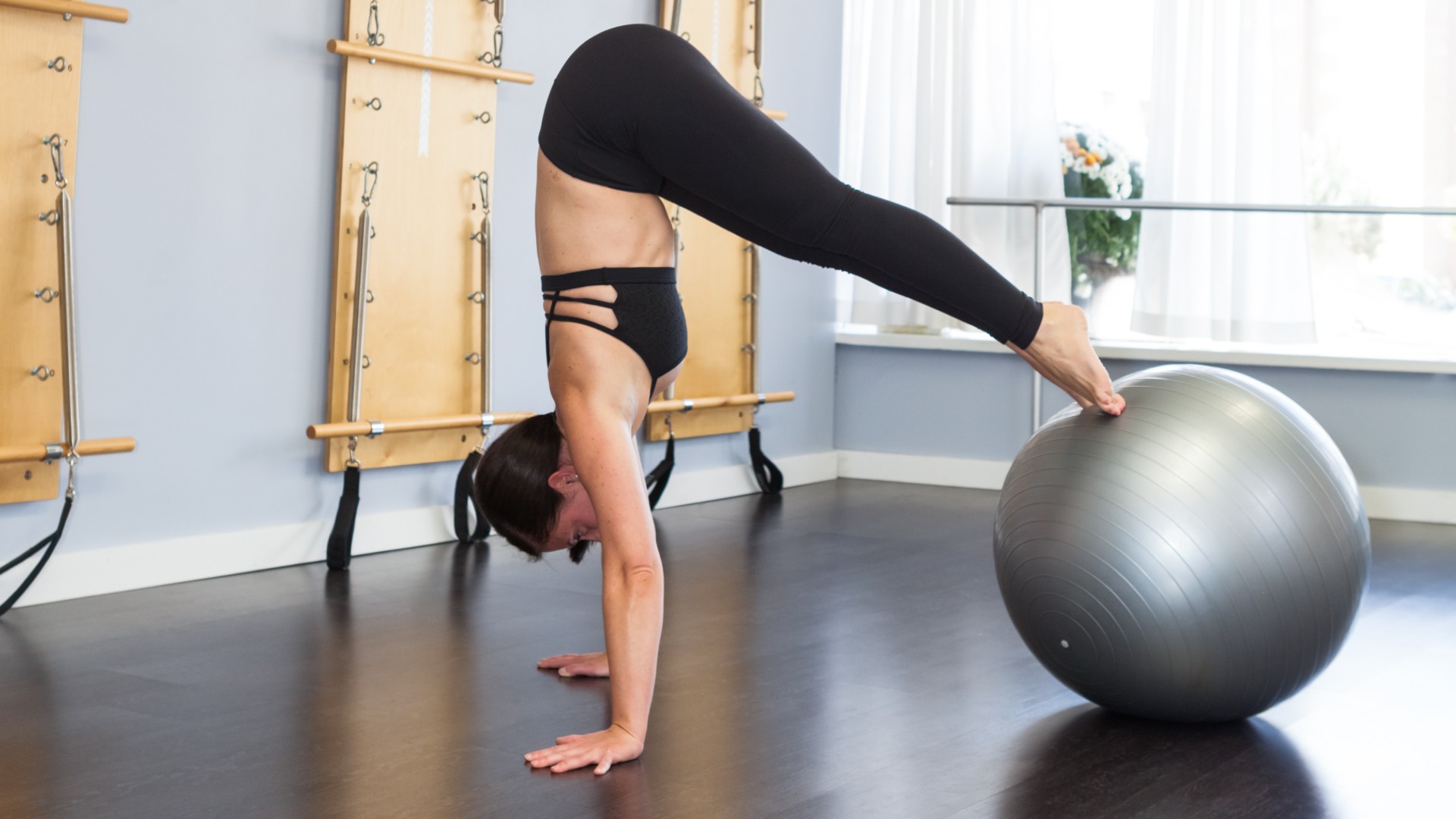
Verdict
One of the most common issues I see when people perform sit-ups lies with their hip flexors: they take over. This can signal you’re not engaging your core properly and might have particularly weak or tight hips. Or both.
While performing any core exercise, you want to feel it. Take your time to feel every rep, control every phase and don’t rush. This will improve your mind-muscle connection and encourage proper muscular recruitment, helping you build strength and stability in the muscles responsible for protecting your body from injury — your core.
Think of your core (read: abs vs core muscles) as a power center wrapping around your torso like a corset. Now think about pulling that corset tight, holding everything in place, which you can only do when core muscles are strong.
More from Tom's Guide
- I'm a personal trainer — the candlestick roll is the best bodyweight exercise for your barbell squats
- Skip the treadmill — try this 5-move bodyweight workout to build endurance and boost your metabolism instead
- No gym needed — this 4-move dumbbell workout builds lower body muscle and a stronger core

Sam Hopes is a level 3 qualified trainer, level 2 reiki practitioner and senior fitness writer at Tom's Guide. She is also currently undertaking her Yoga For Athletes training course. Sam has written for various fitness brands and websites over the years and has experience across brands at Future such as Live Science, Fit&Well, Coach, and T3.
Having worked with fitness studios like F45 and Virgin Active, Sam now primarily teaches outdoor bootcamps, bodyweight, calisthenics and kettlebells. She also coaches mobility and stretching-focused classes several times a week and believes that true strength comes from a holistic approach to training your body.
Sam has completed two mixed doubles Hyrox competitions in London and the Netherlands and finished her first doubles attempt in 1:11.
You must confirm your public display name before commenting
Please logout and then login again, you will then be prompted to enter your display name.


